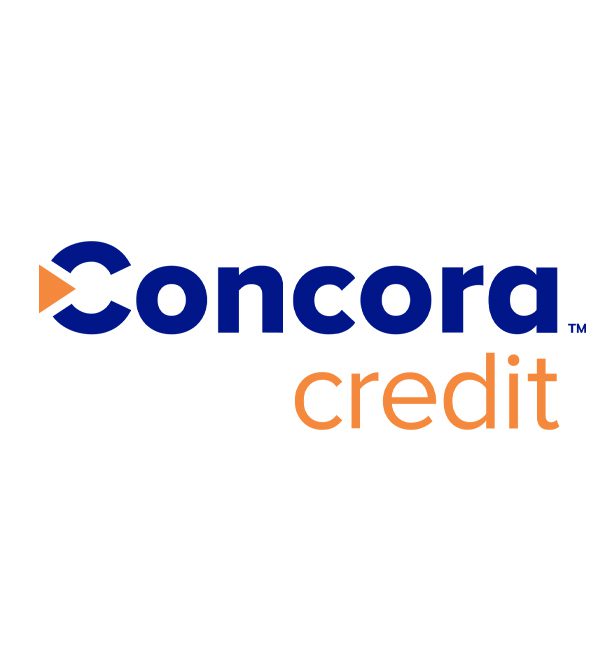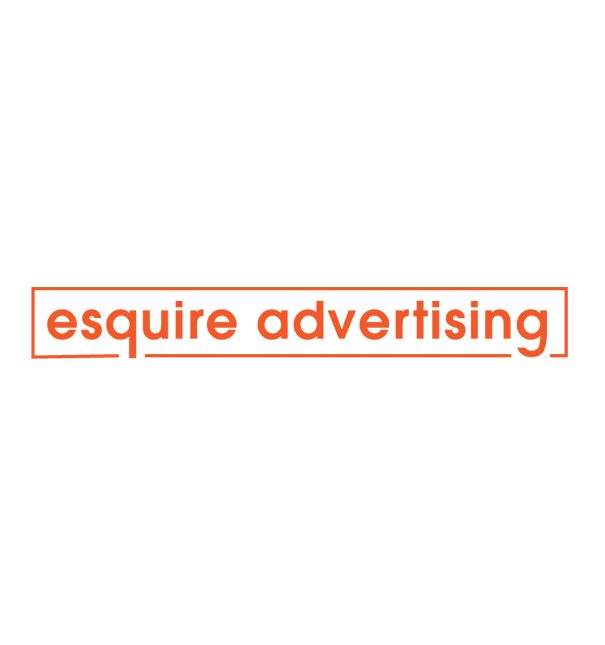Retailers use all sorts of designs to influence how shoppers behave
Be honest: When did you last make a major floor move? And we don’t mean moving vignettes from over here to over there.
Your sales floor is a living, breathing entity that needs to change—frequently—so your business can flourish and it’s your job to make that happen. If your furniture store is filled with the latest and greatest lines and accessories, but your sales are in a rut, it could be because your customers are bored. They come to your store not just to buy furniture; they come for ideas and inspiration. And they come to be entertained—even when they don’t buy anything; it’s the experience that brings them back.
The Target Syndrome
Think about the last time you shopped at a Target store. How much did you spend? Chances are, even if you went in to buy a bottle of glass cleaner you spent at least $50 on things you hadn’t planned on purchasing. It’s called the “Target Syndrome” because it doesn’t happen in other big box stores.
When you look hard at a Target store you see a neutral sales floor that allows the merchandise to pop. The sales floor serves as a backdrop for powerful signing and creative displays that encourage you to fill your cart with things you didn’t realize you needed until you got there. The store layout is designed to move you easily throughout the store. Are your shoppers having to fight to get through a long row of recliners or have you carved out a strategic path for them to move along?
Create and Control the Journey
Your store’s layout is affected by the shape and size of your sales floor, with the common goal to expose shoppers to your product and to gain maximum traffic flow. It’s said that 50 percent of your sales floor is never seen by shoppers, so the job of your layout is to create and control how customers shop the sales floor. There are many types of layouts used in store design, including the Grid, Loop/Racetrack, and the Free Flow layouts.
In a Grid layout, vignettes run parallel to the walls; they are easy to shop because they offer a clean sight line through the store, allowing the end features maximum exposure.
Found most often in larger stores, Loop/Racetrack layouts offer a clearly defined main aisle that circles through the store like a race track. Here, shoppers typically flow to the right and move up around in a serpentine manner. Loop layouts offer maximum furniture exposure because the perimeter walls are just as important as the end features.
Many furniture stores utilize a Free Flow layout because it allows for the most creativity. In a Free Flow layout, there are no set aisles or straight lines; fixtures are placed at angles that encourage shoppers to easily move throughout the store. This layout offers many opportunities to romance the merchandise and create unique display vignettes.
Lake Front Property
Every store has an area called the Decompression Zone. The size of your Decompression Zone depends on the size of your sales floor, but it’s generally the first 5’ to 15’ inside the front door. Its purpose is to give shoppers a chance to transition from the parking lot or sidewalk to shopping. Keep your best-selling furniture away from the Decompression Zone because shoppers will likely miss anything you place around there. It needs to be an open, uncluttered space. This goes for signage, too. Why promote that promotional sofa and loveseat if the consumer is never going to see the sign in the Decompression Zone?
Some areas of your sales floor are more important than others; we call these areas Lake-Front property because a large percentage of sales come from this space. Displays in this area should house new, hot and high-margin product, not every day, promotional furniture that’s best housed toward the back of the store. And since 90 percent of customers enter a store and look or turn to the right, the Lake Front Property needs to be merchandised with particular care. The V & Vista exercise will help you find your store’s unique Lake-Front property.
Start at the end of your Decompression Zone and spread your arms out at shoulder height with your index fingers extended. What’s inside the “V” your arms make is called is the Vista—the area that builds a shopper’s first impression of the store.
The Vista is where you place Speed Bumps, displays designed to slow shoppers down and refocus them on the task at hand. This could be a new vignette of product just delivered from market (be sure to advertise it that way!). Remember to change your Speed Bumps every four or five weeks. That can be hard to do, but remember you’re trying to keep your store looking fresh. Mixing these up plays an important role in creating your store’s ambiance.
The V will help you locate your most important Power Walls. Start by following your nose down your right arm to the tip of your right index finger—the wall you are looking at is your front right Power Wall. It’s a highly profitable space, so use it to feature not-to-be-missed merchandise and update it frequently.
Try not to house your main counter at the right front of your sales floor, in the center of your Lake-Front property. Ideally, this area should be located at a natural ending point in the shopping experience, on the left side of the store, close to the front, or at the center of the store.
Now, follow your nose down your left arm to the tip of your left index finger. This left front Power Wall is also important display space so merchandise it with as much thought and care as your right front Power Wall.
If your store’s footprint makes it impossible (note: there’s a difference between impossible and hard to do) for shoppers to enter your store and turn right, then everything is reversed: the front left becomes your Lake-Front property.
Begin at the front and walk your entire sales floor to look for other key display areas, noting which ones stand out and will require ongoing visual merchandising attention.
Now, grab your camera and take photos of your sales floor. This is an important step because the camera will see what you cannot, showing you areas that need attention, holes in displays that need to be filled with merchandise, displays that need signage, and more.
Once you have located the key areas of your sales floor it’s time to get started building displays that highlight merchandise and encourage browsers to buy.

Plan first
Before you start dismantling a display think about what will replace it. Planning forces you to think about your product: What’s new and needs to be featured? Which product isn’t moving where it’s currently housed and needs a boost? Is there a seasonal theme or local event you wish to highlight?
Use a planning calendar to highlight key display areas, which product to feature, when to feature it, and where and how you will display it. Take a copy of your calendar with you to the trade shows you attend so you can note what you purchased, where you think it might be displayed, and what you can merchandise along with it.
There are a few types of lighting used in furniture stores: general (overhead), accent (to highlight merchandise and direct attention to certain areas of the sales floor), and decorative (chandeliers to add character or table lamps to add ambiance to a display). It should be a given, but every accent and decorative piece of lighting should be for sale in your store. Make sure the tags are conspicuous, too.
It’s important to note that we need three times the amount of light to see in our 60s as well we did in our 20s. If you have Baby Boomer customers and your lighting is bad, there’s a good chance they might not see the texture to that fabric, stitching to that chair, grain to that table. If you have not relamped your store recently, contact a lighting expert who can recommend the proper lighting for your sales floor’s unique footprint.
Store layout is an art but it’s also a science. Over the years, retailers have left a trail of lasting techniques that are still sed today by successful retailers for one, simple reason—they work. Study the bones of the stores you visit, and you will see how these universal store planning truths have been tweaked for each type of merchant. They’ll work in your store as well. If you’re not sure what to do first, give us a call or email us photos, and we’ll help brainstorm ideas to help get you started!











